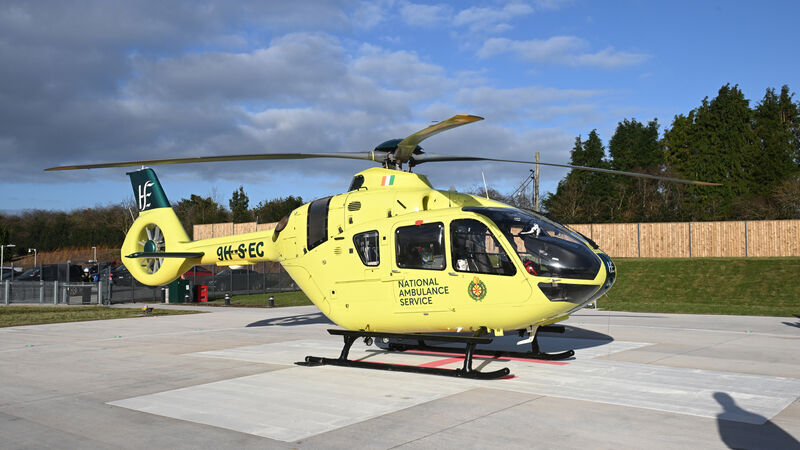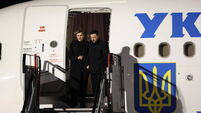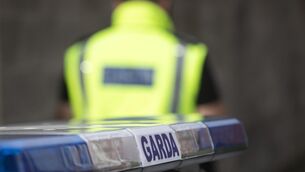Life-saving air ambulance service could be grounded over crewing model row

The National Ambulance Service helicopter at the Cork University Hospital helipad in Wilton, Cork. Picture: Dan Linehan
The State’s life-saving air ambulance service could be grounded in a simmering row over its crewing model.
The has learned that the 10 highly skilled advanced paramedics who crew the HSE’s Helicopter Emergency Medical Service (Hems) from bases in Athlone and Cork have resigned from the service, and have requested a return to their original ground-based ambulance duties.












